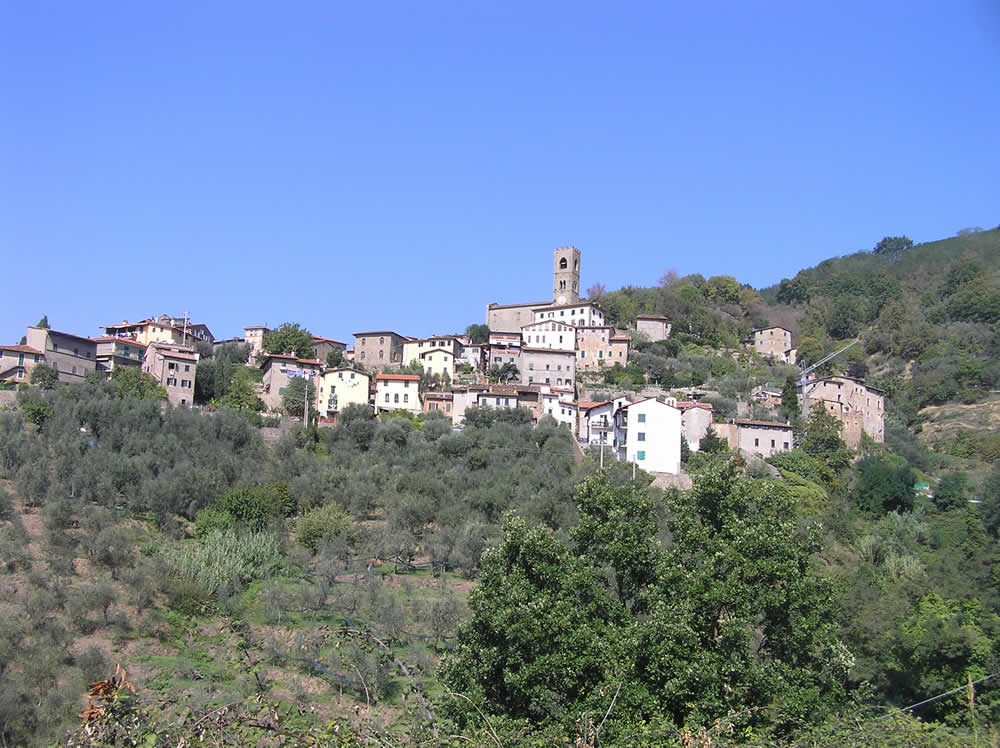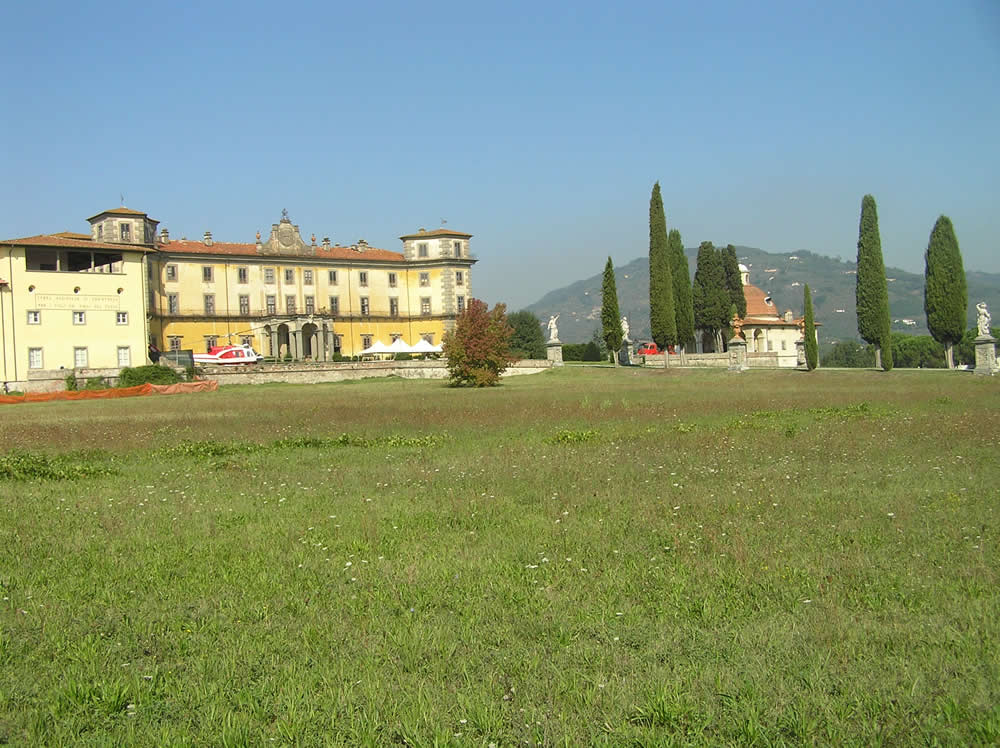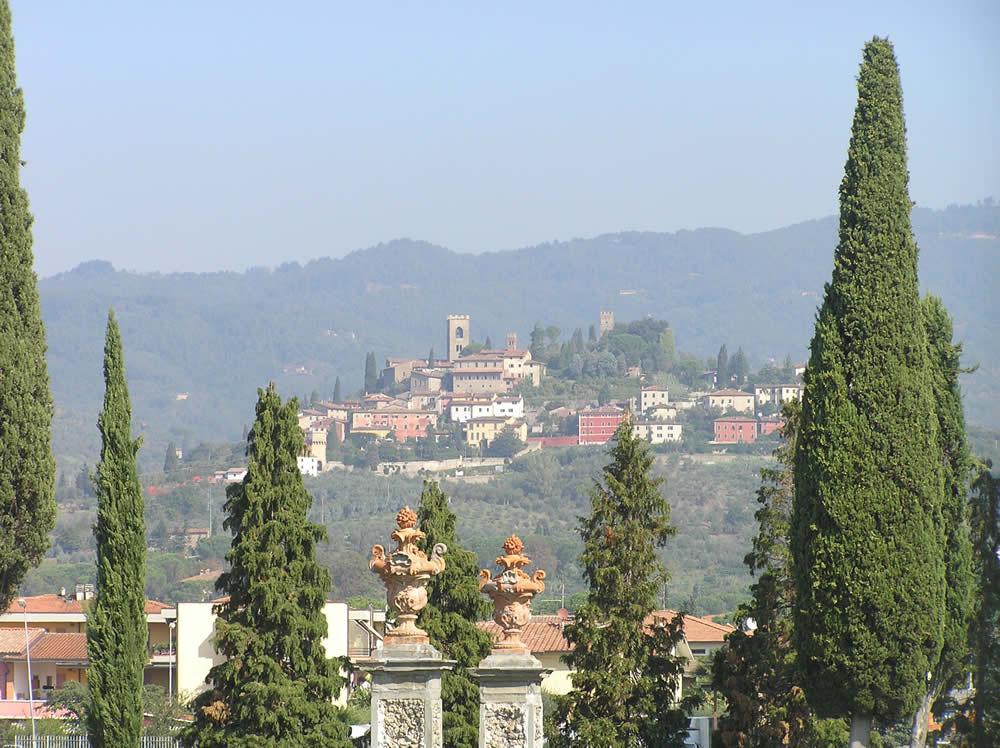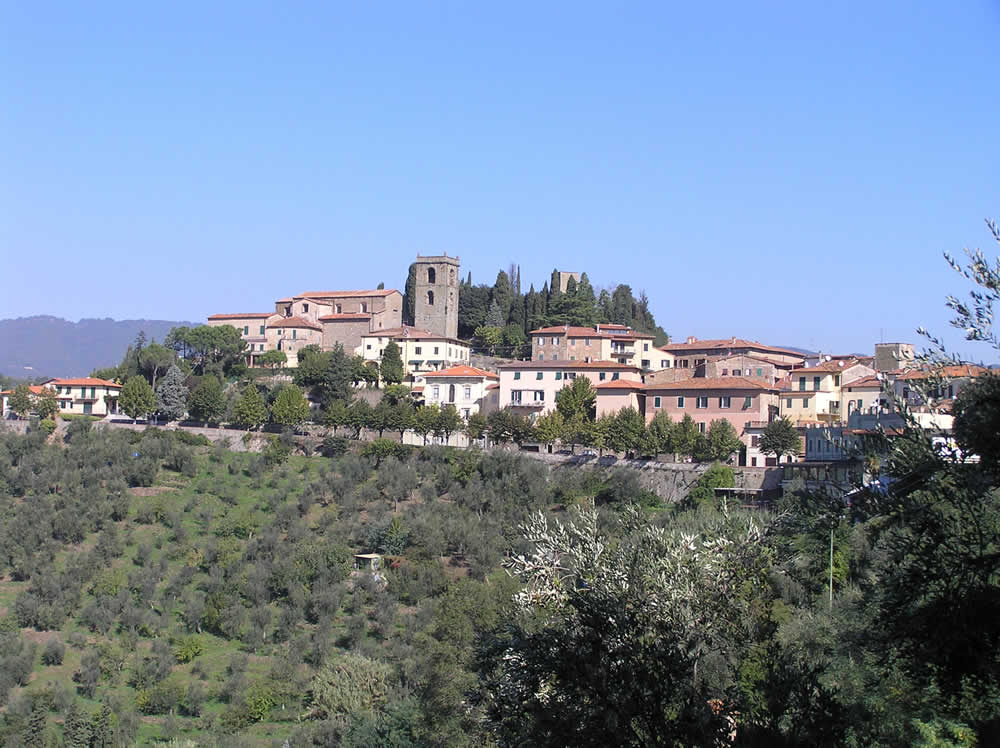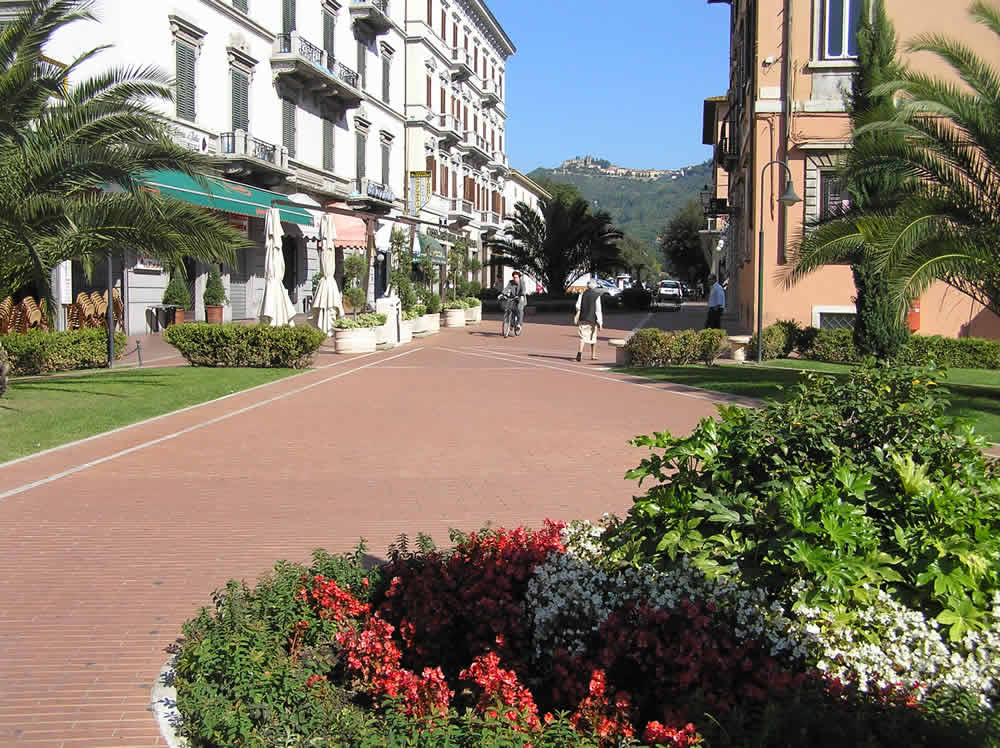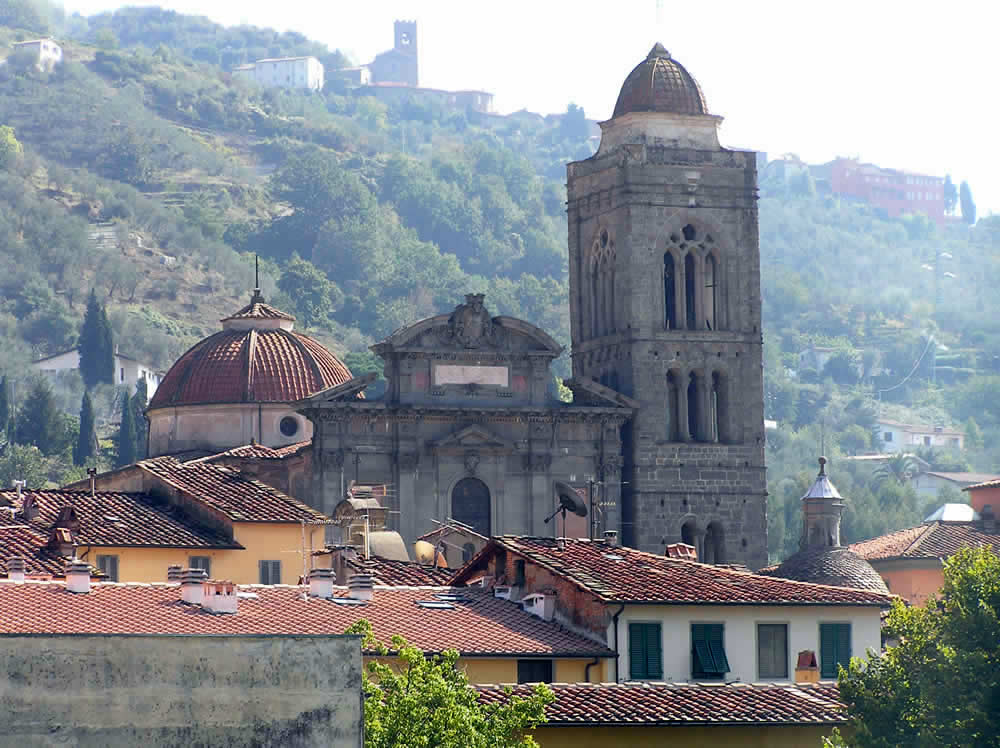Uzzano is a characteristic village 3 km from Pescia in the province of Pistoia. To reach it from Pescia, take the road near the Church of San Francesco which climbs towards the hill on the left side of the Pescia river valley. The foundation of Uzzano took place in medieval times when a castle was […]
